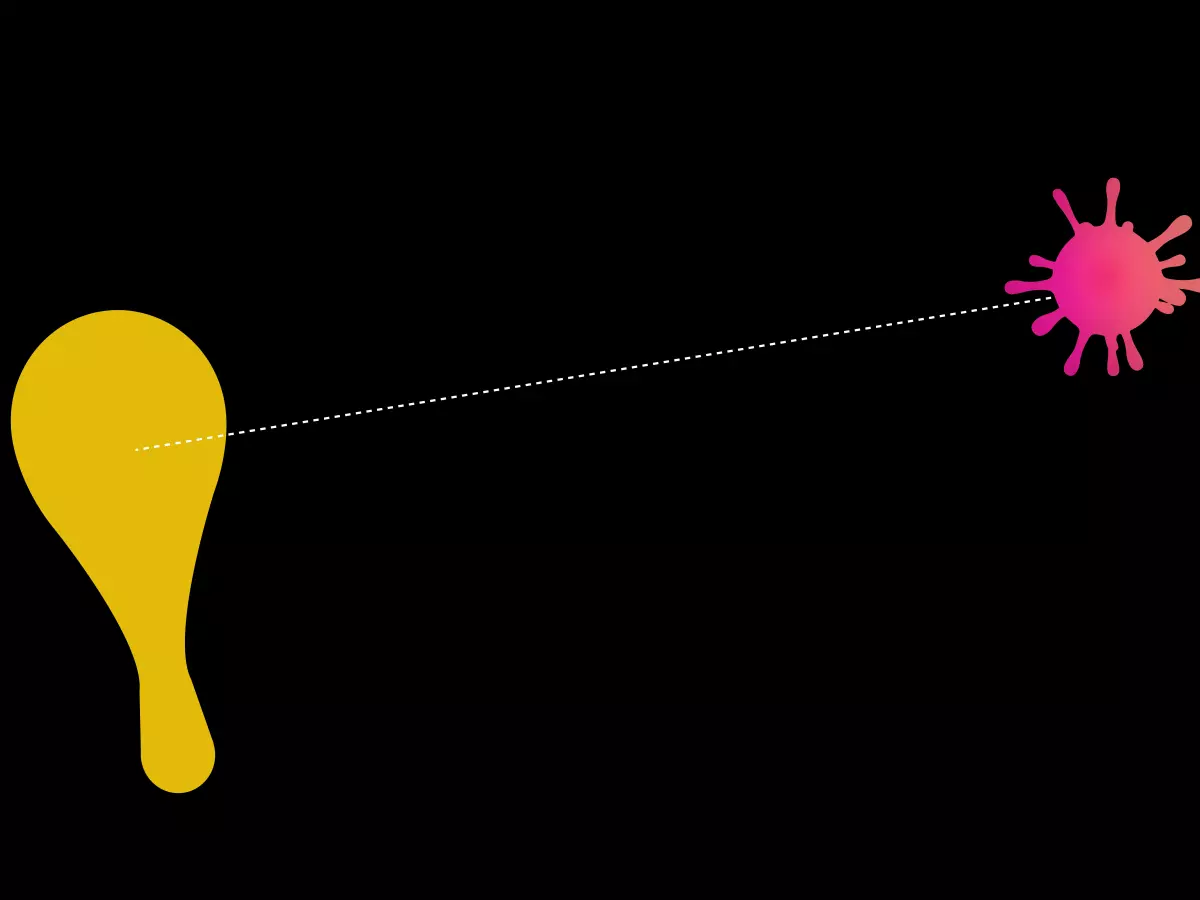Deception Tactics
Cybersecurity expert Dr. John Smith once said, "The best defense is a good offense." But what if the best defense is actually a clever trick? Enter deception tactics—a cybersecurity strategy that’s gaining traction for its ability to outsmart even the most sophisticated attackers.

By James Sullivan
Imagine this: a hacker breaches your network, thinking they’ve hit the jackpot. But instead of accessing sensitive data, they’re wandering through a maze of fake files, decoy servers, and false trails. By the time they realize they’ve been duped, it’s too late. You’ve already identified the breach, gathered intel on their methods, and fortified your real systems. That’s the magic of deception tactics.
Deception in cybersecurity isn’t about playing dirty; it’s about playing smart. Instead of waiting for an attack to happen and then scrambling to respond, deception tactics proactively lure hackers into traps. These traps, often referred to as "honey nets" or "decoy environments," are designed to look like legitimate parts of your network. But in reality, they’re carefully crafted illusions meant to waste an attacker’s time and resources.
Now, you might be thinking, "Isn’t this just another version of a honeypot?" Well, yes and no. Honeypots are part of the deception toolkit, but deception tactics go beyond just setting up a single trap. It’s about creating an entire ecosystem of fake assets that mimic your real infrastructure. This way, attackers can’t easily distinguish between what’s real and what’s not. And that confusion? It’s your greatest weapon.
Why Deception Works
Humans are naturally curious, and hackers are no exception. When they see something that looks valuable, they’re going to investigate. Deception tactics exploit this curiosity. By planting tempting but fake data, you can lead attackers down a rabbit hole while your real systems remain untouched.
But it’s not just about tricking hackers. Deception tactics also provide valuable insights into how attackers operate. Every time a hacker interacts with a decoy, you’re collecting data on their methods, tools, and strategies. This intelligence can then be used to strengthen your defenses and stay one step ahead of future attacks.
Setting Up Deception Tactics
So, how do you implement deception tactics in your cybersecurity strategy? First, you’ll need to identify which parts of your network are most likely to be targeted. These are the areas where you’ll want to set up decoys. Next, create fake assets that closely resemble your real infrastructure. This could include bogus databases, false login portals, or even entire virtual servers.
Once your decoys are in place, monitor them closely. The goal is to detect any unauthorized activity as soon as it happens. When an attacker interacts with a decoy, you’ll be alerted, giving you the chance to respond before any real damage is done.
Is Deception Right for You?
Deception tactics aren’t a silver bullet, but they can be a powerful addition to your cybersecurity arsenal. If you’re dealing with highly sophisticated attackers or protecting sensitive data, deception can give you the upper hand. It’s not about replacing your existing defenses—it’s about adding another layer of protection that confuses, frustrates, and ultimately defeats attackers.
So, is it time to start tricking the tricksters? In the ever-evolving world of cybersecurity, deception tactics might just be the game-changer you’ve been looking for.





